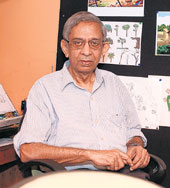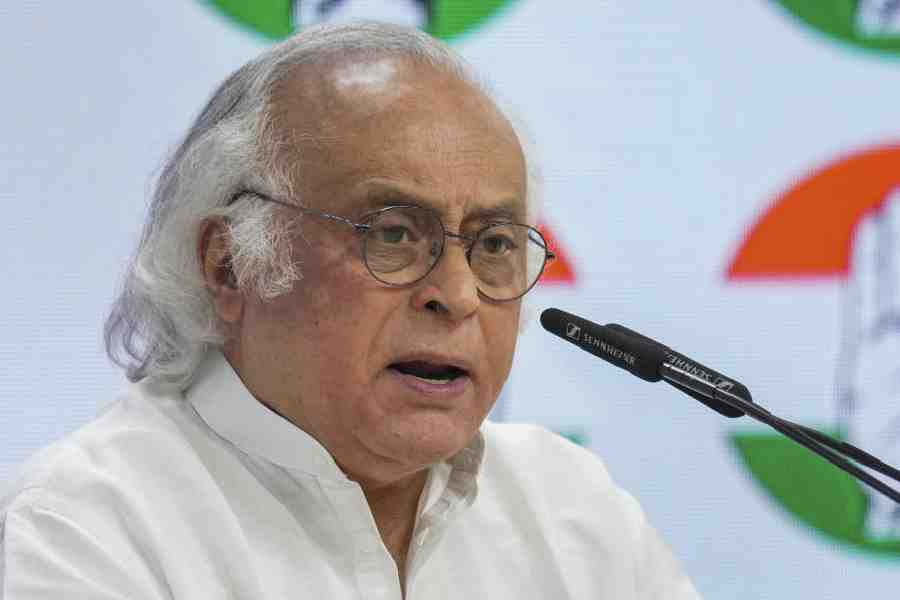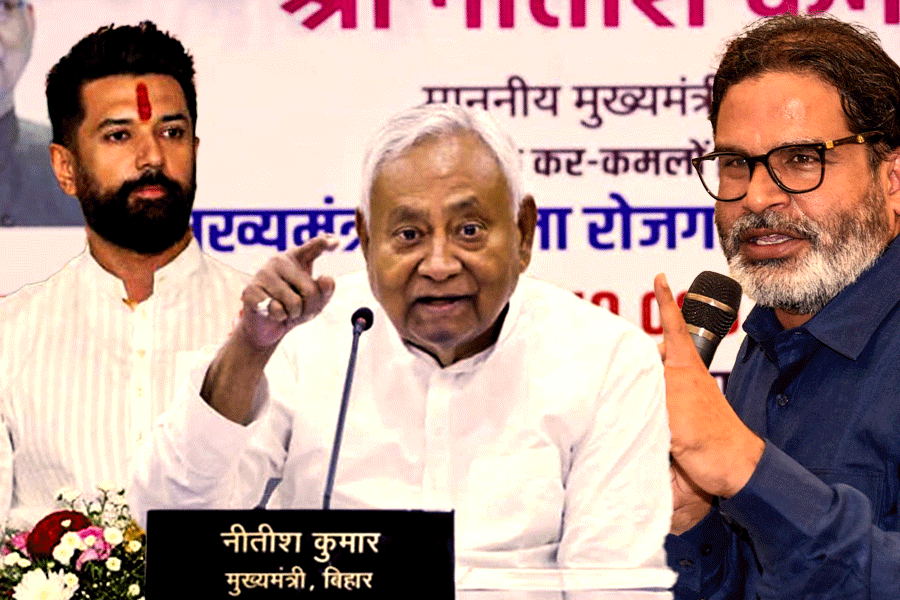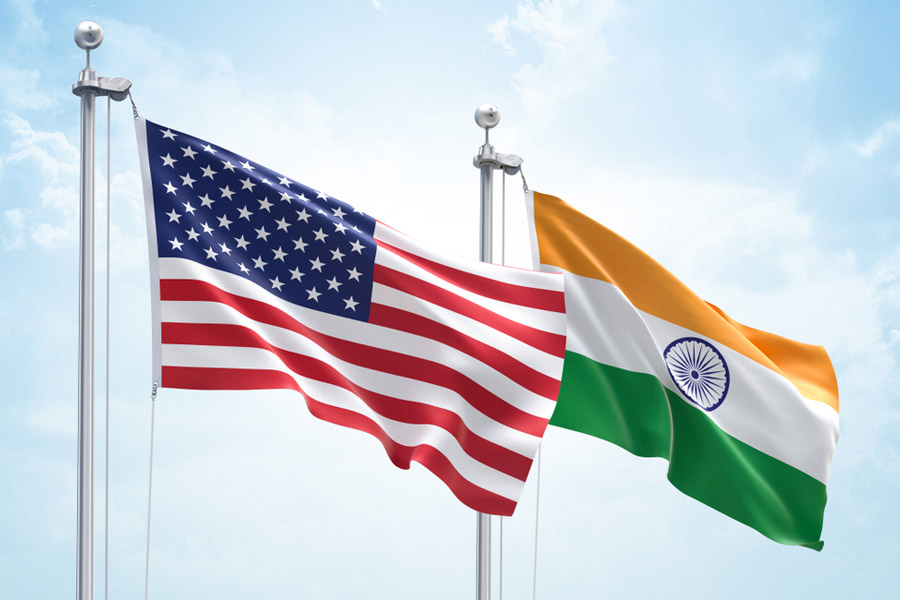 |
He may have just completed 50 years in the Indian animation industry but 75-year-old Ram Mohan, chairman and chief creative officer, Graphiti Multimedia, who co-directed Ramayana: the Legend of Prince Rama and created the famous Meena series on the girl child for Unicef is not resting on his laurels. Rather, he is rigging up to take on two of the biggest challenges facing the Indian animation industry today ? the shortage of trained animators and the need to graduate from being a mere outsourcing factory to creating original content.
So Ram Mohan has just launched the Graphiti School of Animation. What’s more, he is busy pitching two original animated series, The Treehouse Set and Action Hero BC, to international broadcasters. And he is even planning another feature film with Yugo Sako, the Japanese producer of the Ramayana.
For the moment, though, his focus is on the Graphiti School, which opened in Mumbai this week. “I felt it was time I gave something back to the industry,” says the man who won the V Shantaram Award for lifetime achievement at the Mumbai International Film Festival recently. He adds, “We can talk about millions of dollars worth of orders coming here but who’s going to do the work? I think we have to tackle this problem before we can talk about major innovations in production.”
Ram Mohan, who has made over 100 films in classical two-dimension (2D) and 3D animation, isn’t new to the training game. His first company, Ram Mohan Biographics, was a training ground in the early days of Indian animation. Later at UTV Toonz, the animation arm of production house UTV that he headed, he developed a large-scale programme, where the studio enrolled students for a six-month course in 2D animation and then trained them on-the-job.
With the Graphiti School, Ram Mohan also hopes to redress the quality of animation education. For unlike most existing schools that focus on teaching animation software, Ram Mohan wants to provide “a complete understanding of animation as a medium of film-making.” “We do use high-end software but our focus is more on the art form,” he says. Also, while the school will teach 3D animation, it will not ignore the principles of 2D or classical cell animation.
Ram Mohan himself learnt the principles of animation in 1956, when Films Division set up its cartoon films unit. Actually, he had no background in art and came from Chennai to Mumbai to pursue his MSc. Cartooning was a hobby though, and he freelanced for publications like the Illustrated Weekly of India ? its editor CR Mandy used his cartoons in his column, Gaullimaufry ? and for Burmah Shell’s in-house magazine, for which he created a cartoon strip called Buddhu the Impossible Pump Attendant.
But it was a newspaper announcement of a training programme that Walt Disney animator Clair Weeks was conducting at Films Division under a US technical aid programme, that drew Ram Mohan. So he joined Films Division and trained under Weeks.
But if the learning process was exciting, since Films Division’s cartoon film unit was set up for the government’s publicity programme for its five-year plans, “the subjects chosen were not so exciting” he recalls. After all, Films Division made social communication films on issues like family planning. So in 1968, when the Chennai-based Prasad Studios was looking for a person to run its animation division, Ram Mohan agreed to move. At Prasad, Ram Mohan used animation for advertising. “We used to do one-minute commercials that were screened in theatres,” he recalls.
With the advent of television, more advertisers started using animation. So in 1972, he started his own company, Ram Mohan Biographics, which mainly did animation for ad films like the famous Strepsils lion and the Utterly Butterly Amul campaign. He even did animation for films like Do Aur Do Paanch and Hasina Maan Jayegi.
The big break in feature films came in 1990 when Yugo Sako asked him to co-direct the Ramayana. “We did the original designing, soundtrack, music and voices here,” he recalls. The actual animation was done in Tokyo, which Ram Mohan supervised. There were cultural nuances to translate. For instance, the Japanese artists drew the dhoti like a pyjama. “I got hold of an Indian musician who was visiting Tokyo and made him demonstrate how to wear a dhoti,” he recalls.
The film wasn’t distributed properly in theatres in India initially even though the DVD version helped popularise it. But it was only after Cartoon Network screened it that it caught on. Now, Ram Mohan and Sako are talking of making another film on Indian mythology.
His most satisfying work, though, he says is the Meena series (1995). “That is something that I think will last,” he says. With Meena, Ram Mohan also came back full circle to social communication films. The series was commissioned by Unicef for the decade of the girl child in South Asia. Although it was produced by Hanna Barbera Productions, Unicef wanted the character visualised here.
“At that point I had a very small studio and there was no infrastructure to undertake the entire series. So I designed the character and did the storyboards, scripts and voices here and got the animation done in Manila,” he recalls. The response was huge. “Everywhere, people felt involved in Meena’s problems,” he says.
Later Ram Mohan also did the Sara series on AIDS for Unicef in Africa. And at Graphiti too, he is doing social communication animation work for Johns Hopkins University. He has just designed an AIDS awareness kit that will be released in Maharashtra next month. This includes a comic book and board games with an AIDS message built into them.
He is actually passionate about creating original content. In fact, in 1997, when he closed Ram Mohan Biographics and joined UTV to form UTV Toonz, the idea was to not only set up a large studio to take on big-volume jobs but also to eventually graduate from outsourcing to original content. But when the company chose to focus on the former alone, he quit in 2002.
He then joined Graphiti, which he’d co-founded with Prahlad Kakkar and others as Computer Graphiti in the mid-1980s but later sold off. At Graphiti, Ram Mohan has created content like the animated series J Bole Toh Jadoo for Nick.
He, however, feels that although children’s TV channels have created an audience for animation in India in the last decade, they’re not “willing to spend money on original productions”. That’s because Indian animation series have a limited global appeal.
“If the Indian market is not going to support original content, I think the next step is to make original content for the world market,” he says. And that’s what he is doing now with Action Hero BC, a series of six tales of action heroes, based on the Katha Sarit Sagar, and The Treehouse Set, about a boy whose toys come alive every night. In fact, he’s even got Emmy award-winning writer Jeffrey Scott to script the latter to ensure that he reaches his target audience. Clearly, the animation guru believes in aiming big.
Photograph by Hemant Mishra










